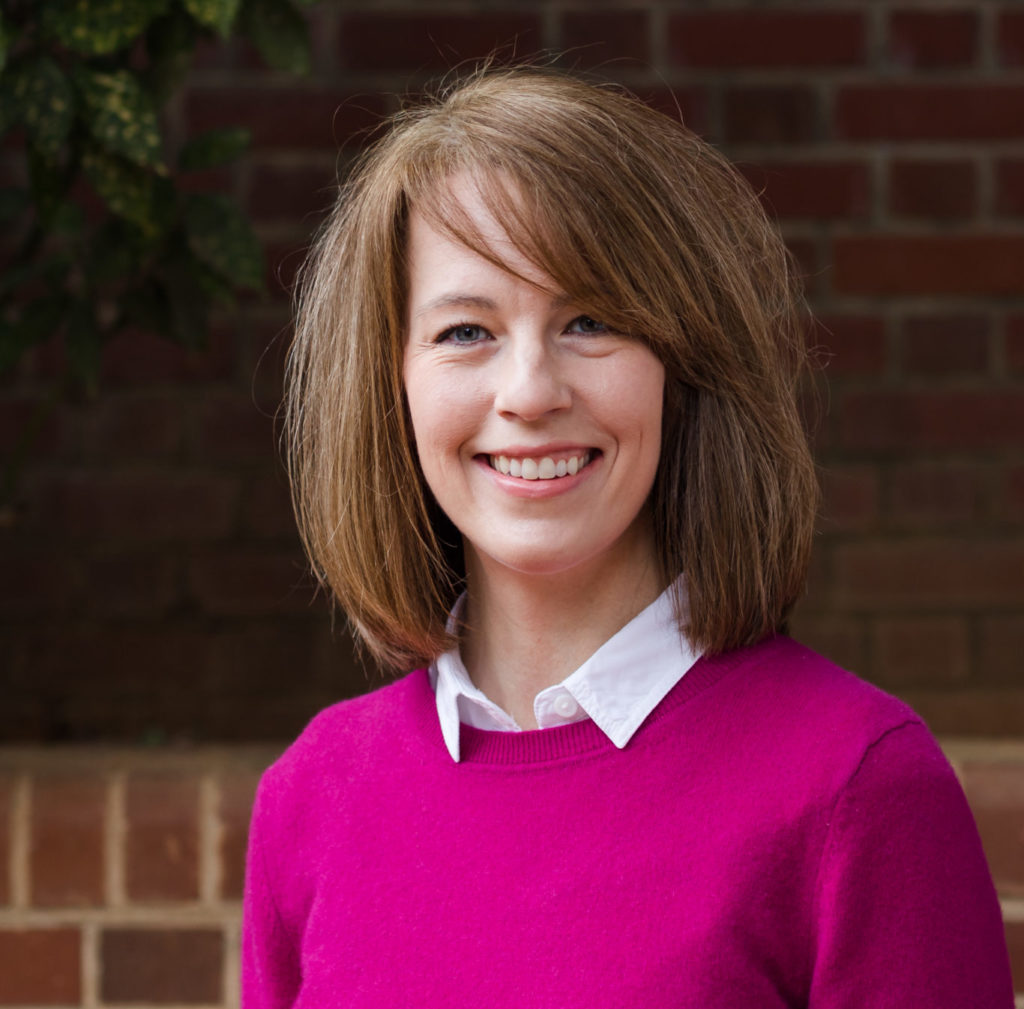Welcome to our series on Bible study myths! This series will give you a glimpse of what we learn in Lifeway Women Academy—online, on-demand courses for women by women to equip them to study and teach the Bible.
Have you ever picked up a Bible, opened it up to a random page, and read? I’m sure many of us have done this at some point in our lives. We’ve heard the notion that the Bible is God’s Word, and so we have found ourselves in a time of difficulty, going to the Scriptures, looking for a comforting word from the Lord. And yet, if we randomly turned to an Old Testament text, we possibly found ourselves more confused than comforted. An experience of this nature highlights that sometimes we just don’t know where to start when reading the Bible.
Maybe that’s the question you’re asking: where to start?
We often tell new believers to read the Gospel of John, and if they make it past that book, we tell them to go on and read the other Gospel accounts. Beyond the Gospels, we teach new followers how to read epistles like 1 John, Philippians, and Ephesians and move on from there to the rest of the New Testament. This pattern is a good start but could result in an unintended consequence: disciples who don’t understand the value of reading the entire Bible. At least that is how it was in my own experience.
For years, my main engagement with Bible reading was with the New Testament. I had been taught various Old Testament stories but didn’t prioritize the reading of the Old Testament (except for, of course, Psalms and Proverbs). I wouldn’t have said this out loud, but looking back, I can see that my functional belief was actually a myth—that reading the whole Bible wasn’t necessary.
God was gracious to shift my thinking in this area, however, and He used the local church to do that. Years ago, the pastors of my church challenged the entire congregation to read the whole Bible together using the same yearly reading plan. I had tried this before on my own, but never quite made it past Leviticus. Yet something about reading the Bible with my church family increased by desire to push through. I loved the idea of being in a shared community of believers, seeking the Lord individually in His Word, while having the opportunity to talk to a sister or brother about what the Lord was teaching me or the questions I had about the daily reading.
By the end of the year, I was shocked to find that reading the entire Bible was not as difficult as I had thought, because the particular reading plan (which was the M’Cheyne Plan—the “1-Year Plan” here) typically assigns two Old Testament chapters and two New Testament chapters per day. I learned that reading four chapters a day doesn’t take very much time (compared to all the other things I spend my time on throughout the course of a day). But more than the time component, I learned that reading the entire Word reveals Jesus more than I could have ever imagined. This insight developed in me an understanding of the Christ-centered nature of the entire Bible, and my excitement about reading through the whole Bible increased because of this new understanding.
The following year, I was motivated to choose a chronological plan. I had heard many friends talk about the benefits of reading the Bible chronologically because that particular plan helps you to see how the events of the Old Testament unfold historically through time. It’s one thing to be told the historical timeline of the Old Testament or to even look at it on a timeline graphic; it’s altogether another thing to be reading through 2 Kings, only to have your reading in that book shifted to the prophet Isaiah for a few days. You begin to grasp, in new ways, the depth of God’s call to Israel through His prophets by reading the prophetic books in line with the books that describe Israel and Judah’s decline into apostasy, resulting in exile. The chronological plan is one means of moving a reader from mere instruction about Israel’s history to experiencing its history.
By the time you get to the end of a chronological reading of the Old Testament, not only do you better understand Israel’s history, but you will also feel the awesome weight of promises climaxing in the last chapter in the Old Testament canon, which is Malachi 4. Consider some of the last words prophesied in Malachi 4, before four hundred years of silence and the dawn of the New Testament:
But for you who fear my name, the sun of righteousness will rise with healing in its wings, and you will go out and playfully jump like calves from the stall. . . . Look, I am going to send you the prophet Elijah before the great and terrible day of the LORD comes.
- Malachi 4:2,5 (CSB)
Having read through the entire Old Testament to this point, with an awareness of the failure of God’s people, you will be longing for the promised One that the writers have been prophesying about all along: the greater Adam who will crush the serpent (Gen. 3:15), the promised rest better than Noah (Gen. 5:29), the Prophet greater than Moses (Deut. 18:15), the Priest greater than Eli’s sons (1 Sam. 2:35), the King greater than David (2 Sam. 7:12-16), and the Suffering Servant, born of a woman, who atones for sin, rising from the dead with healing in His wings.
The point is that, in the Bible, we come to behold God’s Son in all of Scripture. Yes, the Old Testament is an ancient history of the people of God, with twists and turns, triumphs and struggles, but those people and events all point to the God-man who takes on flesh to do for us what the Old Testament is always reminding us we could never do for ourselves. If we believe the myth that reading all of the Bible isn’t necessary, then we’re missing out on the wonderful story of God and His work in the world through the Son. May you be encouraged today to read the Bible—all of it—so that more than ever, you are convinced of its necessity, because in it, you see and savor the love of God in Christ.

Julia B. Higgins (MDiv, PhD) is an Assistant Professor of Ministry to Women and Associate Dean of Graduate Program Administration at Southeastern Baptist Theological Seminary (SEBTS). She teaches in the Ministry to Women degree programs at Southeastern, with her ministry focus being college-aged and adult women. She is married to Tony, who serves as Executive Director and staff counselor at Bridgehaven Counseling Associates. They live in the RDU area and worship at The Summit Church.
Julia Higgins is one of the featured teachers in Lifeway Women Academy’s first course: How to Study the Bible: Hermeneutics 101. This course officially launches October 14, 2022! To learn more and sign up for updates, visit lifeway.com/academy.
Reading Plan link: https://www.lifeway.com/en/special-emphasis/read-the-bible/bible-reading-plans

